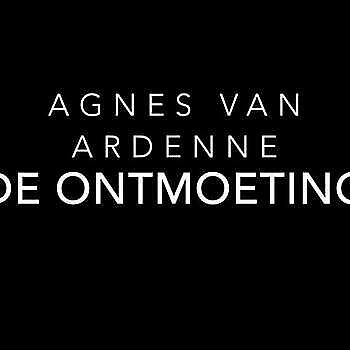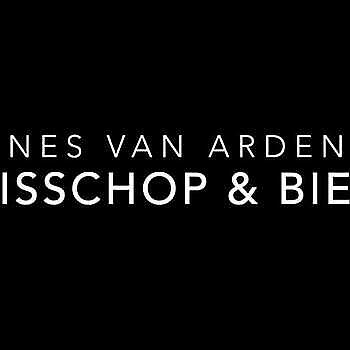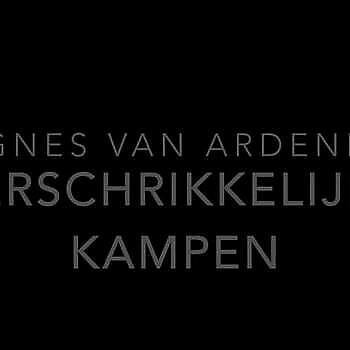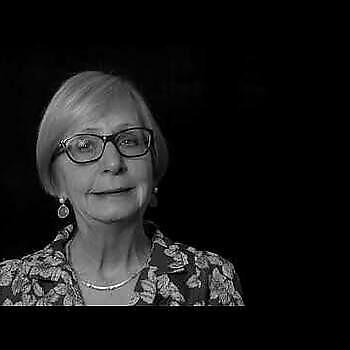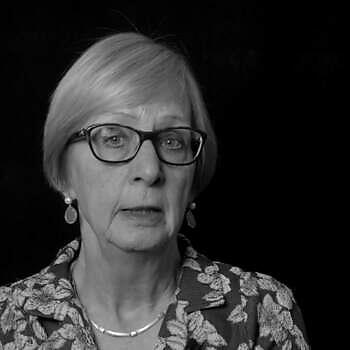Van Ardenne outlined her policy in the document titled 'Mutually Obligated.' She reduced the number of developing countries with which the Netherlands collaborated to 36 nations. The emphasis was placed on countries like Sudan, where various civil wars had been raging for decades, stifling any progress. She attempted to mediate between the warring parties and advocated for the use of development funds for military peace missions. Under Van Ardenne, the concept of the Dutch Approach, also known as the 3D approach (Defense, Diplomacy, Development), took shape. In other words, diplomats from the Ministry of Foreign Affairs were to focus on political conflict resolutions, the Ministry of Defense was to contribute to military operations that could enhance security in a particular country, and Development Cooperation would ensure that people's living conditions improved, thereby reducing their motivations to engage in conflict once again.
Social organizations & business
Van Ardenne wanted more attention for the business sector, more so than Herfkens, who primarily focused on the macroeconomic conditions that could promote economic growth in the South. Van Ardenne, on the other hand, concentrated on stimulating the private sector itself. Additionally, she attached great importance to forming ("public-private") partnerships among the government, businesses, and social organizations.
In 2005, Van Ardenne decided to further open up the co-financing system for Dutch development organizations. For the period 2006-2010, more than 50 private organizations received a sum of 2.1 billion euros to spend on development projects. Non-governmental organizations (NGOs) came increasingly into the spotlight. A gap emerged between the professional, sometimes well-paid practices of development organizations and the sympathetic image of charity work that still existed among the public regarding the sector.
The 'political' approach had been focused on long-term changes in power dynamics, where the concrete influence of certain aspects of development policy was difficult to demonstrate. This approach was challenging to "sell" to the public. To attract donors, development professionals had always presented the complex reality relatively simply. This approach came back to haunt them. In response, a "measurement is knowledge" culture emerged: detailed step-by-step plans had to be submitted in advance, and all actions had to be converted into numbers and facts both during and after the fact. This led to risk-averse behavior and pseudo-certainty: it is impossible to attribute the complex progress of an entire economy, society, or democracy in a country (Netherlands or elsewhere) to specific factors.
Despite criticism of the current practice, there is also ongoing engagement of citizens with people far away. Donations for charitable purposes have remained constant for years. There is also an increase in private development projects, initiatives from people who want to contribute in cash or in kind. There is also a lot happening in the environmental field, with a broad movement towards sustainable consumption, and progress is being made in the field of corporate social responsibility.
Development Thinking
The emphasis on measurable results also aligns with the design of the Millennium Development Goals that were globally embraced as a guiding framework for development efforts.
Notes:
Sources:
- Ontwikkelingssamenwerking in vogelvlucht.
- Agnes van Ardenne - de ontmoeting
- Paul Hoebink, Van klippen en kapen: de Nederlandse ontwikkelingssamenwerking onder Agnes van Ardenne (2004)
- Biografie van Ardenne
Extra:
- Van Projecthulp naar Sectorsteun Evaluatie van de sectorale benadering 1998-2005, IOB
- Results in Development Report 2005 - 2006, NA (2007), NICC collection, A01004
- Voortgangs Rapport Nederland 2006; Millenium ontwikkelingsdoel 8:developing a global partnership for development, Dr Ir T. Dijkstra, A Freese-van Rossum (2006), NICC collection, A00636
